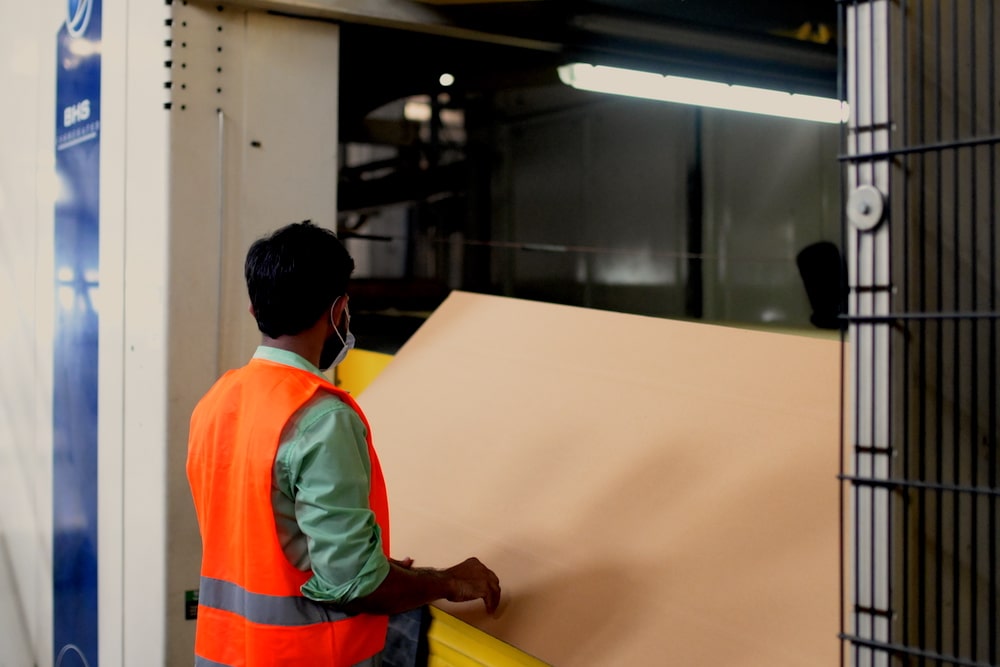The Glue that holds Corrugated Boxes
Have you ever wondered why your corrugated box is deteriorating or why it is not getting the desired printing result? There is one tiny yet important factor, and that is the use of the right adhesive.
Glue is the key parameter for the strength and printing of your corrugated packaging. It holds your box together in rigid conditions. You should keep this in mind because a good adhesive dictates the strength and life of a box.
Starch-based glue is the preferred adhesive for corrugated sheets. This adhesive is used to combine fluting paper with liner paper at high temperatures. Starch-Based Adhesives are an alternative to silicate. Silicate makes corrugated boxes quite rigid and causes cracking and delamination. Starch-Based Adhesives keep the strength of the box. Starch adhesives provide premium printing on corrugated sheets as compared to silicate adhesives. In this blog, we will look into the base knowledge of starch-based glue.
Firstly, we will look into the main components of starch-based glue. Following are the details of the starch-based glue ingredients.
- Starch
- Borax
- Caustic Soda
- Steam
- Finish Water
Starch is the main ingredient in the manufacturing of the adhesive. We use Starch in adhesives because it is readily available in the market. Moreover, we prefer starch-based adhesives because modern corrugators ran at high speeds and starch base adhesives can be formed in the least time to keep the production according to targets and efficiency. Starch can be accessed from different plants; two common types of starch are corn starch and wheat starch. Corn starch is used in place of wheat starch because it thickens better. Corn starch is better in water absorption thus it is easy to form an adhesive solution. Starch is mixed with water and heat to form a base solution; this solution doesn’t have any adhesive properties until it is mixed with caustic soda.
Granules swell as soon as caustic soda is added to the heated solution. Soda fastens this process by breaking hydrogen bonds in starch along with the formation of hydroxyl. This results in a starch paste. Caustic soda not only helps in making starch paste but also helps in lowering the gel temperature.
Gel point is the temperature at which adhesive solution changes from a liquid state to a gelatin-like solid. This is the point where starch suspension acts as an adhesive. Gel Point is quite critical in glue application on a corrugated sheet. If the gel point is lower than the desired value, then it will solidify even before the application on corrugated sheets. If our gel point is higher than the required point, then it won’t stick fluting paper with liner paper which will result in delamination.
Another major component in starch-based glue is Borax. Borax helps in a chemical reaction in which interchange linkages are formed within starch molecules. Borax is responsible for the bonding of the adhesive, Borax’s main function is to control the viscosity of the starch-based adhesive. Viscosity is known as the resistance of a liquid to flow, it can also be described as the internal friction of a flowing adhesive. Adhesives with high viscosity will not flow as readily as low viscosity ones.
Water acts as a solvent in this process, Starch is heated and treated with Borax, heat, and Caustic soda in presence of water. Usually, there is 20-30% solid content in the starch-based adhesive.
Lastly, we will look into the percentage composition of starch-based adhesives.
- Water 65.7%
- Finish Water 7.6%
- Starch 24.9%
- Caustic Soda 1.1%
- Borax 0.62%
Haseeb Qausim, Shift Engineer, Roshan Packages Limited

